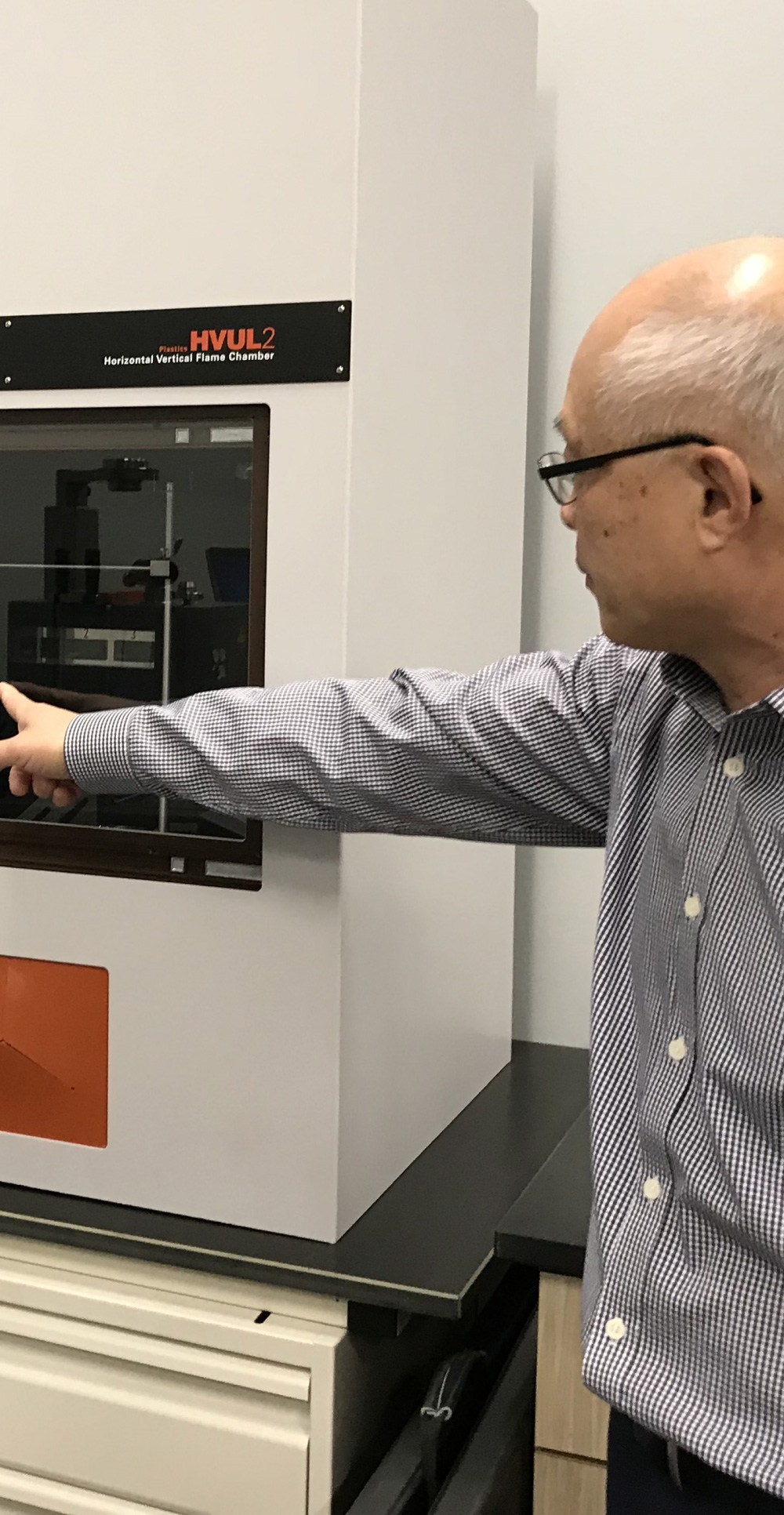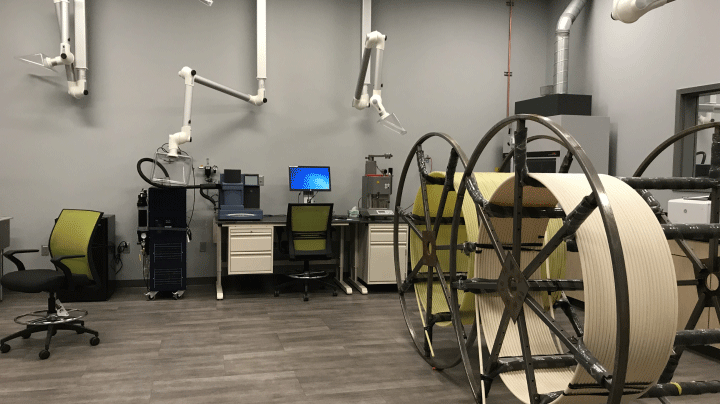Dura-Line has invested more than $2 million during the past two years in its Clinton, Tenn., manufacturing location to build a state-of-the-art research and development lab, The Center for Excellence.
Leading the development of Micro Technology, Dura-Line manufactures and distributes communication and energy infrastructure products including HDPE conduit, cable-in conduit, and accessories. MicroDucts and FuturePath configurations are available for both outside and inside installations which often are used to provide fiber optic cable connectivity. Pathway systems are rugged, but flexible and range in outside diameter size from 8 millimeters to 6 inches.
The Center of Excellence now plays a crucial role as a central base for advanced research for future challenges. Under the concept of “Intellectual Fusion, Innovation and Value Creation,” the Center facilitates a dynamic fusion of extensive knowledge, technologies, and techniques.
One of the recent projects by The Center for Excellence has been to develop a new innovative product called Low Smoke Zero Halogen (LSZH) Conduit and MicroDucts.
Manager of R&D/New Product Development, U.S., Thomas Chung, Ph.D., said. “Up until now, no one in the U.S. and Canada has truly perfected a finished product. We are the first to pioneer these unique properties and introduce it to the market.”
The Center for Excellence has various modern, leading-edge instruments and is capable of performing:
- Thermal and mechanical characterizations of existing and new materials
- Structural identification of base polymers and additive
- Understanding rheological properties of molten polymers
- Scale up from lab to full manufacturing scale
- Development of new formulated materials
I like what I do. In the morning, I’m so excited by new challenges.
Thomas Chung, Ph.D., Manager of R&D/New Product Development, U.S.
“I like what I do. In the morning, I’m so excited by new challenges,” said Chung, who has spent the last 25 years as a polymer scientist. Chung has been driving new product revenue through the implementation of innovative products and materials. He is instrumental in the development of new material formulations and processing techniques to enable new products to be manufactured.
Chung said he was looking for the “magic window” where all of the properties were in balance: strength, flexibility, easy to process, and affordable. “Sometimes in the experimental phase, we would lose one property by balancing another. In the end, we made the material as flexible as possible and as tough as possible.” LSZH conduit and MicroDucts exhibit excellent properties such as low flame propagation, low smoke generation, zero halogens, and excellent low temperature mechanical properties. They are designed for use in applications where smoke, toxic fumes, and acidic gas pose a health risk, including enclosed public and poorly ventilated areas such as tunnels, mass transit corridors, behind-the-wall, control rooms, and confined spaces.
“Other products are often toxic when they burn,” Chung said, “Not to mention the risk to human life and damage to the building and equipment. Millions of dollars can be lost because halogen gas ruins computer servers even if they don’t burn.”
Chung and his team discovered the proprietary formula using a systematic approach going through several formulations before finding the best mixture. The Center for Excellence is specialized in the fields of:
- Polymer Characterizations - focus on analyzing materials using state-of-the-art instruments.
- Formulation studies - concentrate on developing high-performance formulated materials.
- Process Optimization Research - seek innovations in process technologies using a full-scale production line.
- Tooling Design Research - explore possibilities in process optimization and new configurations of products.
Chung said, “With this lab, we can do anything.”



